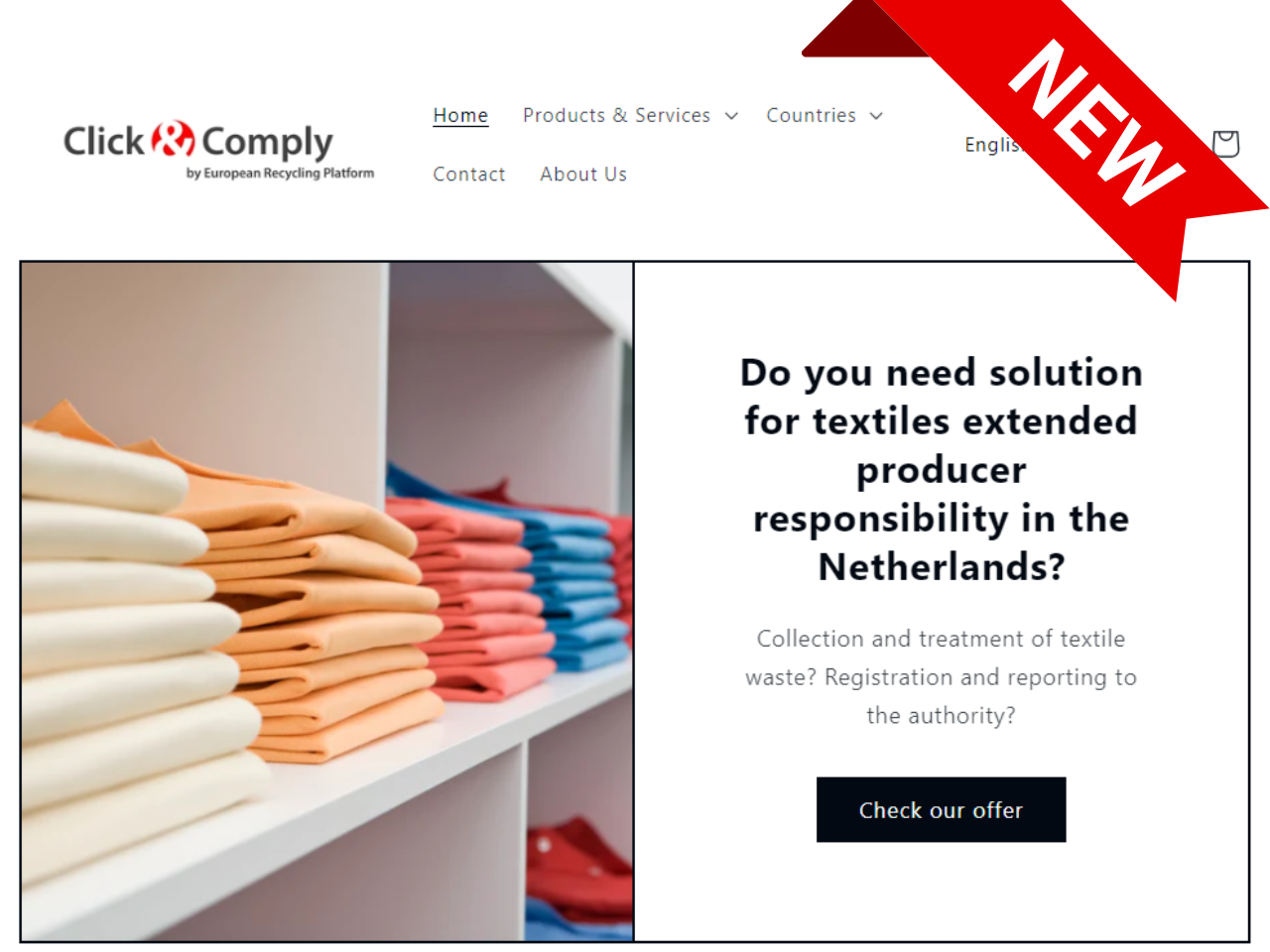What’s happening? Here is an update for May 2024:
USA: new risk evaluation for formaldehyde
USA: EPA chemical policy highlights for 2024
EU: agencies assess drivers and impact of chemical pollution
USA: new risk evaluation for formaldehyde
In March, the US Environmental Protection Agency (EPA) released a long-awaited draft risk evaluation for formaldehyde.
This ubiquitous chemical found in many household products and industrial materials has long been scrutinised for its potential health effects, including respiratory concerns, skin irritation, reproductive toxicity and even cancer.
This evaluation is part of the EPA’s ongoing efforts to ensure that chemicals in commerce do not pose an unreasonable risk to human health or the environment.
The draft evaluation finds that formaldehyde exposure poses an unreasonable risk to human health, particularly for:
- Workers, via inhalation or skin contact with formaldehyde-containing materials, and
- Individuals who frequently use formaldehyde-containing consumer products, for example: certain glues, adhesives, gardening and personal care products
How does it affect companies?
For industries that use formaldehyde in their products and processes, the draft evaluation signals the potential for regulatory changes and compliance requirements.
Companies may need to reassess their manufacturing practices, product formulations, and risk mitigation measures to align with evolving regulatory standards.
The EPA is seeking public comment on the draft evaluation by 14 May 2024.
You can get involved today by understanding the implications to your business and participating in the public comment process.
For more information, please read the full article by H2 Compliance here.
USA: EPA chemical policy highlights for 2024
During a critical US presidential election year, the Biden administration’s Environmental Protection Agency (EPA) is committed to making a push for completing its priority actions for chemicals under the Toxic Substances Control Act (TSCA) and the Lautenberg Act 2016.
The EPA’s plans for 2024 are robust and, if successfully executed, will have lasting impacts not only on the industry, but also human health and the environment.
For now, it appears that the EPA is building on its increasing momentum from 2023 to try to achieve these goals.
The key initiatives on the EPA’s 2024 agenda are:
- Continued improvement and throughput of new chemical pre-manufacturing notices (PMNs) reviews and risk assessments in 2024
- Finalising an additional seven risk evaluations before the end of 2024, including for DIDP, DINP, Formaldehyde, TCEP, 1,1-dichloroethane (1,1-DCA), Asbestos, 1,4-dioxane, and
- Finalising risk management rules for nine substances, including Trichloroethylene (TCE), Methylene chloride, Asbestos (chrysotile), Perchloroethylene (Perc), Carbon tetrachloride, N-methylpyrrolidone (NMP), 1-bromopropane (1-BP), Cyclic aliphatic bromide cluster (HBCD), and Pigment violet 29 (PV29)
The EPA’s 2022-2026 Strategic Plan shows their commitment to chemicals management through TSCA.
H2 Compliance’s USA team are monitoring this regulatory space and the potential impacts of the Presidential elections at the end of this year.
For more information, read the full article by H2 Compliance here.
EU: agencies assess drivers and impact of chemical pollution
Overall use of the most harmful chemicals – those that are carcinogenic, mutagenic and reprotoxic – is still growing, but more slowly than the overall growth of the chemicals market, according to the recent report on the EU indicator framework for chemicals, conducted jointly by the European Environmental Agency (EEA) and the European Chemicals Agency (ECHA).
Pressure is increasing to avoid the use of substances of concern and to implement the principles of the safe and sustainable by design framework.
The report outlines the need to more effectively ensure that consumer products do not contain the most harmful substances, for example chemicals that are:
- endocrine disrupting
- negatively affect the hormone system, or
- contain substances that are persistent, bioaccumulative and toxic, and which present a risk for years to come even after their use has ceased
To support the goals of the strategy, the EEA, ECHA and European Commission have developed a set of key indicators which are accessible via an online dashboard.
Read more on the EEA or ECHA websites or access the full report here.
Sign up for our monthly
report COMPASS here:
Your email











